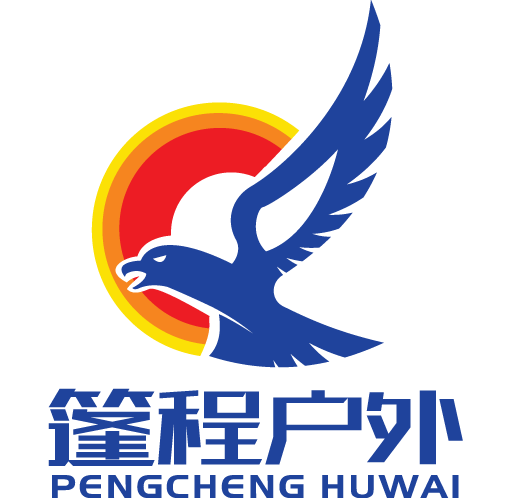How to choose a tent
1. Determine the usage scenario
Camping type: Family camping (requiring large space), hiking / mountaineering (requiring lightweight), extreme environment (such as snow mountains, plateaus).
Seasonal demand:
Three-season tent: Suitable for spring, summer, autumn, focusing on ventilation and lightweight.
Four-season tent: Strong wind resistance and heat preservation, suitable for cold or bad weather.
Summer-specific: Breathable and insect-proof, suitable for hot and humid environments.
2. Tent structure and function
Waterproofness:
The waterproof index of the outer tent is recommended to be ≥ 3000mm (worry-free in heavy rain), and the seams need to be pressure-glued.
Choose metal ground nails to avoid breakage.
Air permeability:
Top ventilation windows and side door screen window designs to reduce internal condensate.
Space layout:
Capacity for the number of people + 1 (such as a 2-person tent is suitable for 1-2 people, a 3-person tent is suitable for 2-3 people).
The design of storage bags and hanging points in the inner tent improves convenience.
Difficulty of setup:
Automatic tent: Suitable for beginners, quick to set up, but heavier.
Manual tent: Lightweight, need to learn setup skills.
3. Material and weight
Tent pole:
Aluminum alloy (lightweight and durable) > Fiberglass (economical but prone to breakage).
Fabric:
Outer tent: Nylon (lightweight), Polyester (wear-resistant).
Inner tent: Breathable mesh + Nylon.
Weight: For hiking, it is recommended to choose 1.5-3kg, and for family camping, it can be放寬 to more than 4kg.
4. Detail design
Wind rope and ground nail: Ensure the stability of the tent, essential in windy weather.
Vestibule expansion: Provide additional storage or rest space.
Luminous marking: Safer for setup at night.
Purchase tips
Field test: Open the tent to check whether the seams and zippers are smooth.
Moisture-proof measure: Use with a ground sheet to avoid direct contact with the ground.
Storage volume: Whether the size after folding is convenient to carry (especially in hiking scenarios).
?2025 唐山蓬程戶外有限公司 版權(quán)所有
